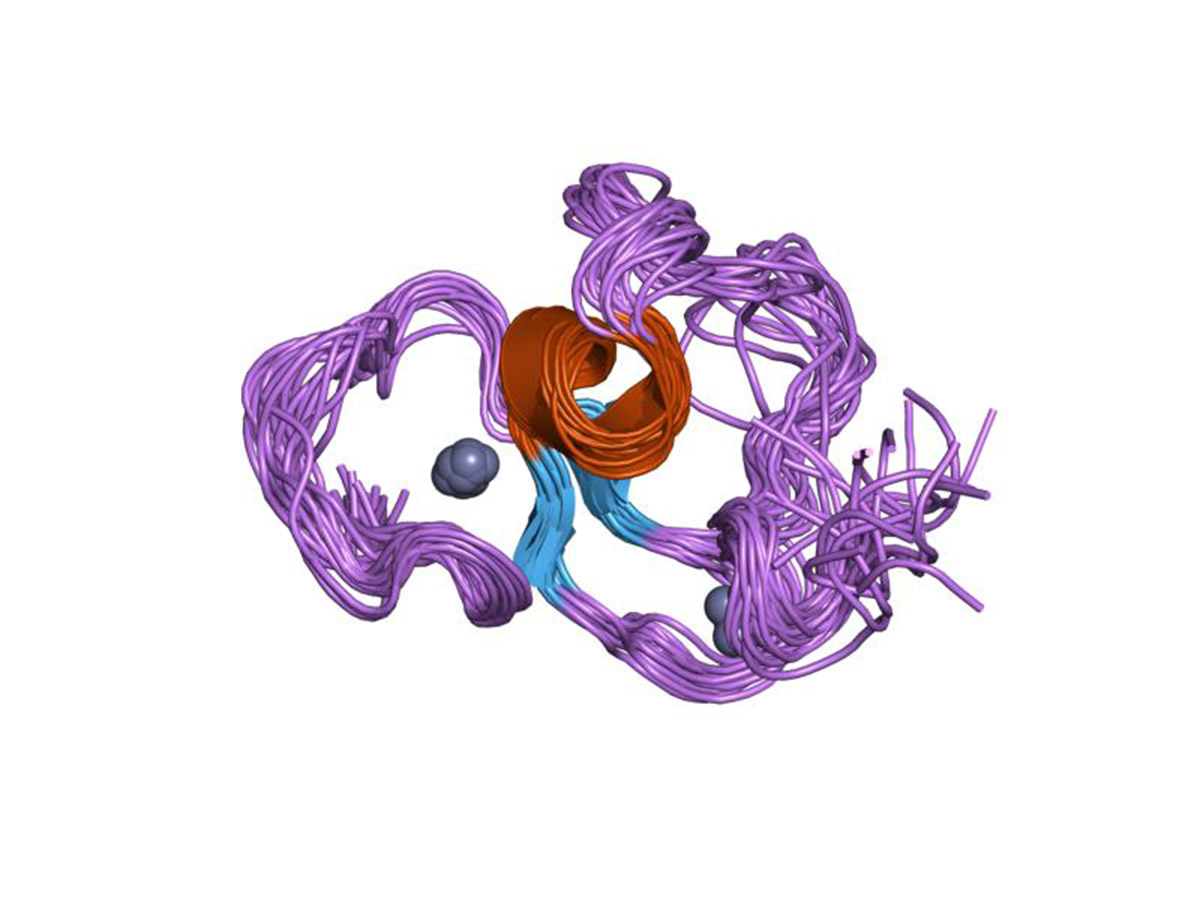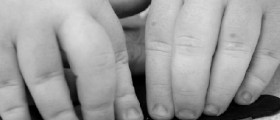
Williams syndrome (WS) is a rare genetic disorder, present at birth. It hinders development of the affected individual. Given below are characteristics, causes and treatment options for management of Williams syndrome.
Williams Syndrome Overview
Williams syndrome was first identified in 1961 by Dr. Williams and Dr. Beuren. This rather rare neurodevelopmental disorder is marked by distinctive physical characteristics, cardiovascular defects which may be congenital or develop later in life, idiopathic hypercalcemia, developmental delays, learning disabilities and other medical problems.
Williams syndrome is caused by deletion of genetic material from chromosome 7, including the protein elastin. This protein is in charge with blood vessel elasticity, thereby people with Williams syndrome suffer from heart and blood vessel problems due to narrowed arteries. The syndrome is mainly caused by random genetic mutation rather than inheritance.
Individuals with Williams syndrome have characteristic facial appearance like small upturned nose, flattened nasal bridge, wide mouth, small chin, widely spaced teeth and puffiness around eyes. They also have short stature, long neck, sunken chest, curvature of the spine, sloping shoulders and restricted joint mobility. Infants with Williams syndrome have low birth weight, poor muscle tone and feeding problems including colic and reflux.
The syndrome causes elevated blood calcium levels or hypercalcemia which may be accompanied by rigid muscles and seizures. Heart or blood vessel problems like pulmonary aortic stenosis, supravalvular aortic stenosis and hypertension (high blood pressure) are common too. Additionally, the affected individual displays characteristic behavior such as hypersensitivity to loud noises and over friendly personality. Cognitive challenges, learning disability and problems with coordination and balance are common in individuals with Williams syndrome.
Therapy for Williams Syndrome
Williams syndrome can not be cured. Also, there is no standard course of treatment for this disorder but the treatment is designed according to the patient’s specific symptoms. Since Williams syndrome is a complex and rare medical condition, a few Williams syndrome clinics have been established at several centers in the United States.
Initial treatment for Williams syndrome is designed to deal with failure to thrive, hypercalcemia or repair cardiac lesion. Patients must avoid taking extra calcium and vitamin D. They also require regular monitoring for narrowing of blood vessels, high blood pressure and heart failure.
Joint stiffness can be reduced with physical therapy. Occupational speech therapy and developmental therapy can help with developmental problems and speech abnormalities. Periodical checkups of kidney function, thyroid function and glucose tolerance are also part of the treatment for Williams syndrome. Other treatments for the syndrome are determined by the patient’s symptoms.

















Your thoughts on this
Loading...